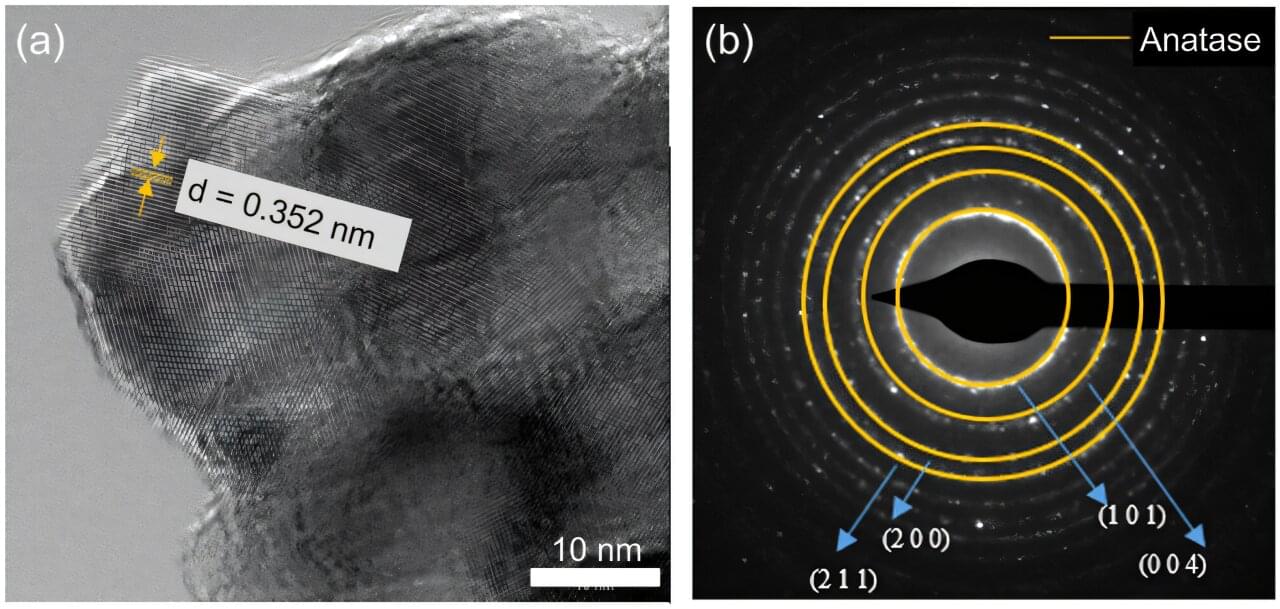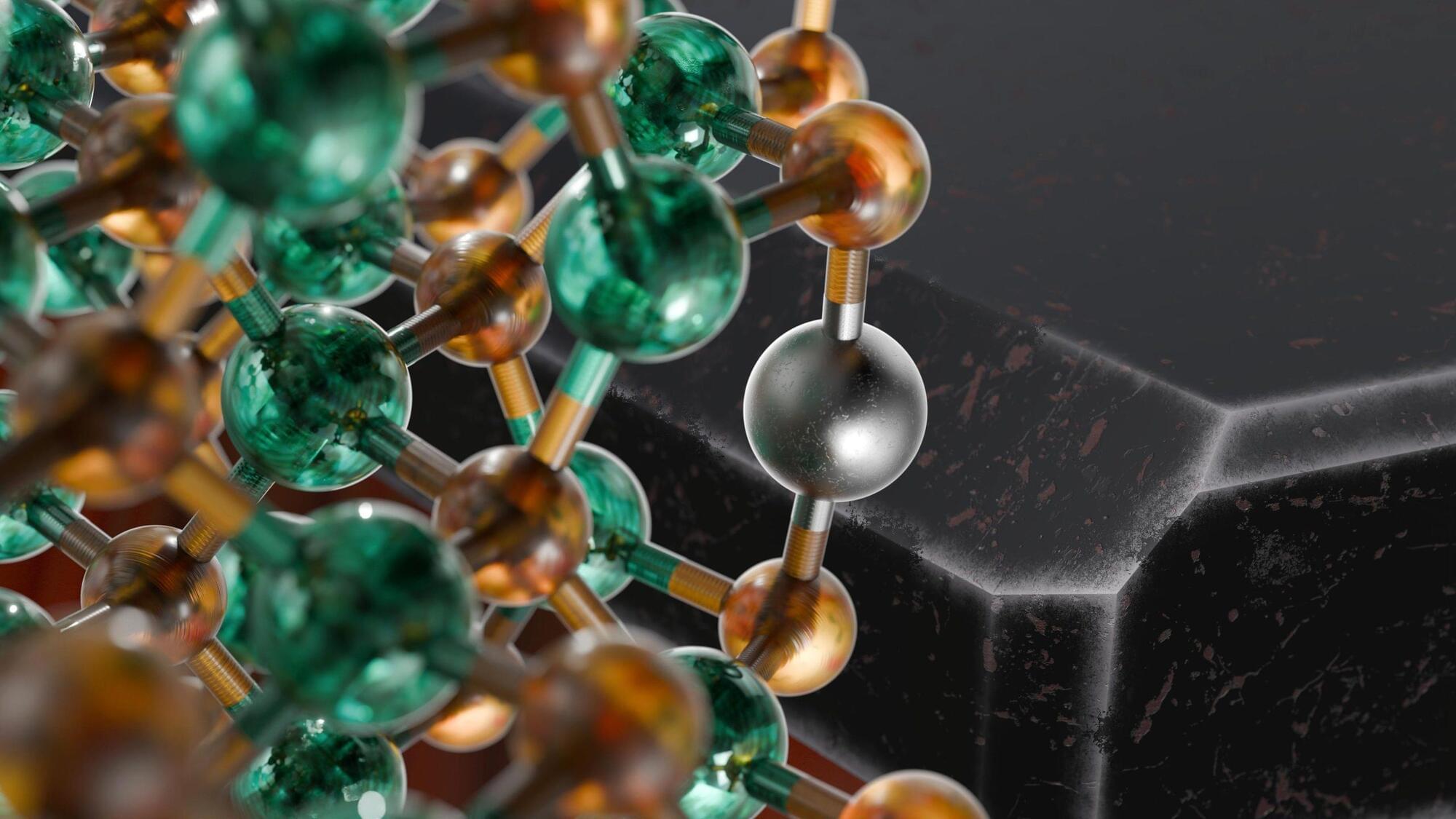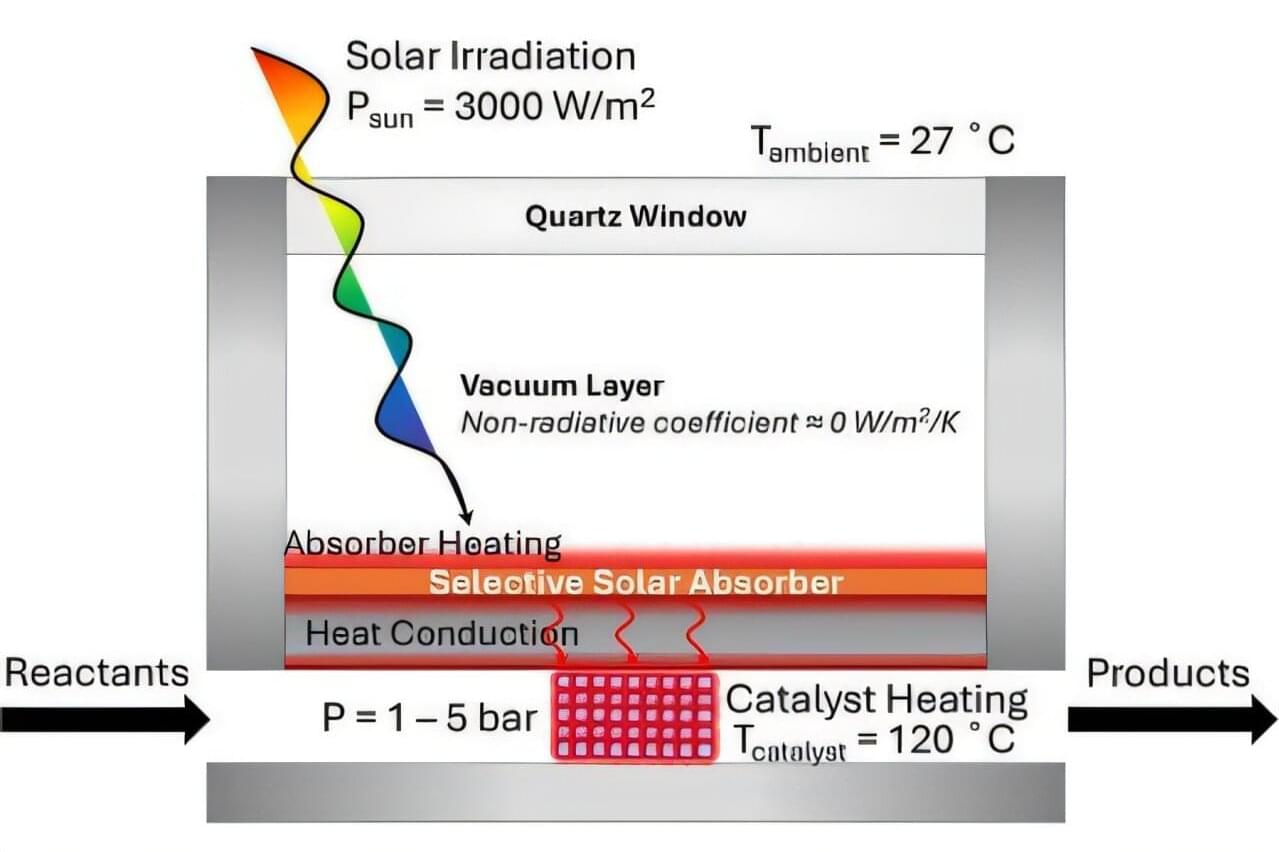Researchers at the Georgia Institute of Technology have developed a new technology to manufacture solar cells.
Solar energy is growing rapidly in the United States. In 2010, it accounted for 0.1% of electrical generation in the country and has increased to over 6% in 2024. By 2029, solar is slated to become the largest source of renewable energy.
Most commercial solar panels are made from silicon. Producing solar panels like this is energy-intensive and can be difficult to do within the United States. For solar to take off more in the United States, we need to find a less expensive, more available material.







